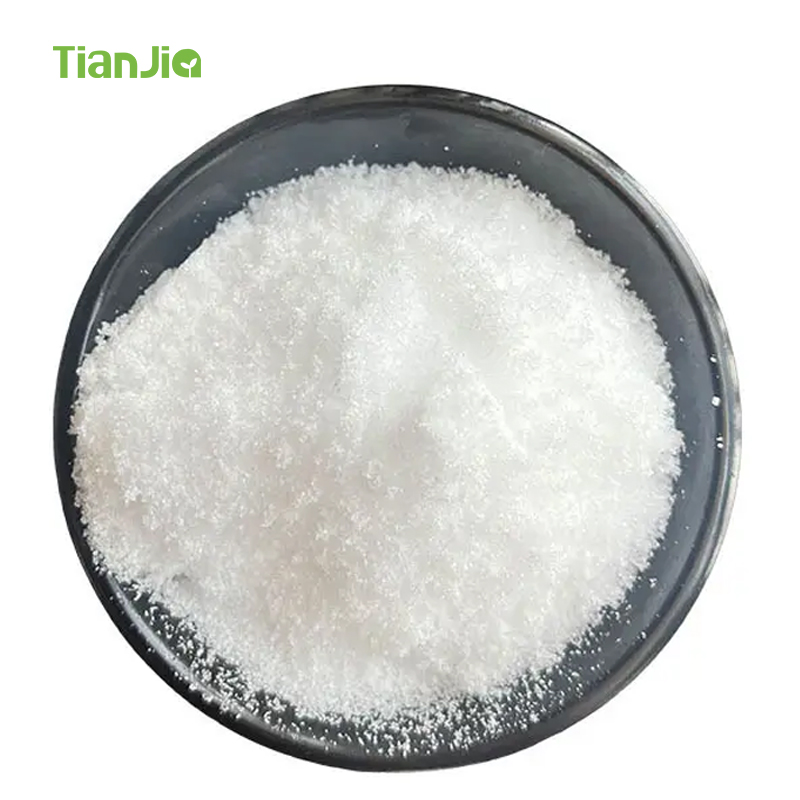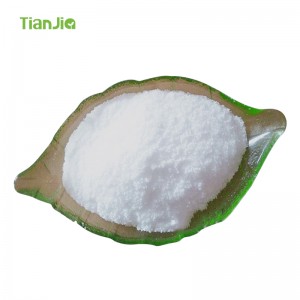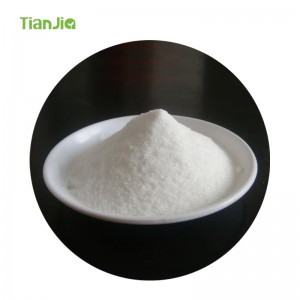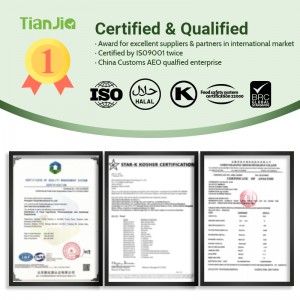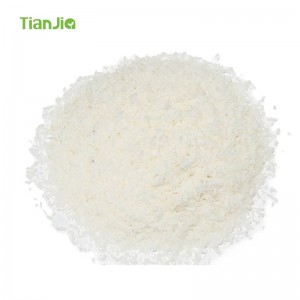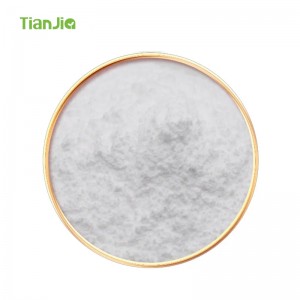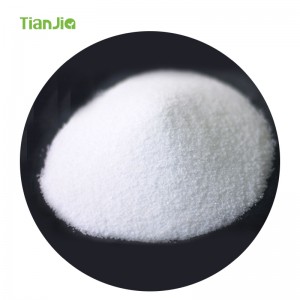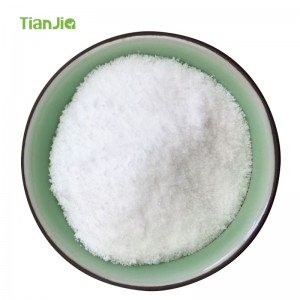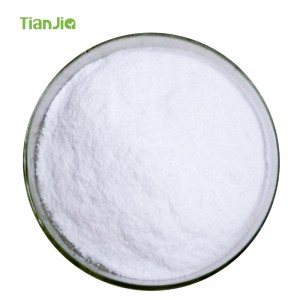TianJia Food Additive Manufacturer L-TREONINA
Threonine is an important nutritional fortifier that can strengthen grains, pastries, and dairy products. Like tryptophan, it has the effect of alleviating human fatigue and promoting growth and development. In medicine, due to the presence of hydroxyl groups in the structure of threonine, it has a water holding effect on the human skin, binds to oligosaccharides, plays an important role in protecting cell membranes, and can promote phospholipid synthesis and fatty acid oxidation in the body. Its formulation has the medicinal effect of promoting human development and anti fatty liver, and is a component of compound amino acid infusion. At the same time, threonine is also a raw material for producing a class of highly efficient and hypoallergenic antibiotics - monoacylamycin.
Main food sources: fermented foods (grain products), eggs, chrysanthemum, milk, peanuts, rice, carrots, leafy vegetables, papaya, alfalfa, etc. Threonine is used in medicine, chemical reagents, food fortifiers, feed additives, etc. Especially in terms of feed additives, the dosage has grown rapidly, and they are often added to the feed of underage piglets and poultry. They are the second limiting amino acid in pig feed and the third limiting amino acid in poultry feed.
With the improvement of people's living standards and the development of aquaculture, threonine, as an amino acid for feed, is widely used to add piglet feed, breeding pig feed, broiler feed, shrimp feed, and eel feed. It has the following characteristics:
(1) Adjustable amino acid balance in feed to promote growth;
(2) Can improve meat quality;
(3) Can improve the nutritional value of feed ingredients with low amino acid digestibility;
(4) Can produce low protein feed, which helps to save protein resources;
(5) Can reduce the cost of feed raw materials;
(6) It can reduce the nitrogen content in the feces and urine of livestock and poultry, as well as the concentration and release rate of ammonia in livestock and poultry houses.
Purpose:
1. Mainly used as a nutritional supplement. Coheating with glucose can easily generate burnt and chocolate aromas, which have a fragrance enhancing effect. It can also be used for biochemical research.
2. As a dietary nutrient enhancer, threonine is an essential amino acid. Threonine is often added to the feed of juvenile piglets and poultry, and is the second limiting amino acid in pig feed and the third limiting amino acid in poultry feed. Added to feed mainly consisting of grains such as wheat and barley.
3. Nutritional additives, also used for preparing amino acid infusion and comprehensive amino acid preparations.
4. Used as an auxiliary treatment for peptic ulcers. It can also treat cardiovascular diseases such as anemia and angina, arteritis, and cardiac insufficiency.
5. L-threonine is composed of W C. Rose isolated and identified it from the hydrolysate of fibrin in 1935, and it has been proven to be the last essential amino acid discovered. It is the second or third limiting amino acid of livestock and poultry, and has extremely important physiological effects in animals. Such as promoting growth and improving immune function; Balance the amino acids in the diet to make the amino acid ratio closer to the ideal protein, thereby reducing the requirements of livestock and poultry for protein content in the feed. Lack of threonine can lead to symptoms such as reduced feed intake, stunted growth, decreased feed utilization, and immune suppression in animals. In recent years, synthetic products of lysine and methionine have been widely used in feed, and threonine has gradually become a limiting factor affecting animal production performance. Further research on threonine can help effectively guide livestock and poultry production.
L-threonine (L-threonine) is an essential amino acid that cannot be synthesized by animals themselves. It can be used to accurately balance the amino acid composition of feed, meet animal growth and maintenance needs, increase weight gain and lean meat percentage, and reduce feed to meat ratio; It can improve the nutritional value of feed materials with low amino acid digestibility and improve the production performance of low energy feed; It can reduce the level of crude protein in feed, improve the nitrogen utilization rate of feed, and reduce feed costs; It can be used for the breeding and breeding of pigs, chickens, ducks, and advanced aquatic products. L-threonine is a feed additive produced by using bioengineering principles and using raw materials such as corn starch through liquid deep fermentation and refinement. Adjustable amino acid balance in feed can promote growth, improve meat quality, improve the nutritional value of feed ingredients with low amino acid digestibility, and produce low protein feed. This helps to save protein resources, reduce feed material costs, reduce nitrogen content in livestock manure and urine, as well as ammonia concentration and release rate in livestock and poultry houses. Widely used for adding piglet feed, breeding pig feed, broiler feed, shrimp feed, and eel feed. [1]
6. L-threonine (L-threonine) is the only amino acid in the body that does not undergo deamination and transamination, but is directly converted into other substances through the catalysis of threonine dehydratase, threonine dehydrogenase, and threonine aldolase. For example, threonine can be converted into butyryl CoA, succinyl CoA, serine, glycine, etc. In addition, excessive threonine can increase lysine levels- α- The activity of ketogluconate reductase can be eliminated by adding an appropriate amount of threonine to the diet, resulting in a decrease in body weight gain caused by excessive lysine. The protein/deoxyribonucleic acid (DNA) and RNA/DNA ratio in liver and muscle tissues decrease. Adding threonine can also alleviate growth inhibition caused by excessive tryptophan or methionine. According to reports, most of the absorption of threonine by chickens occurs in the duodenum, crop, and glandular stomach. After absorption, threonine quickly transforms into liver proteins and is deposited in the body.


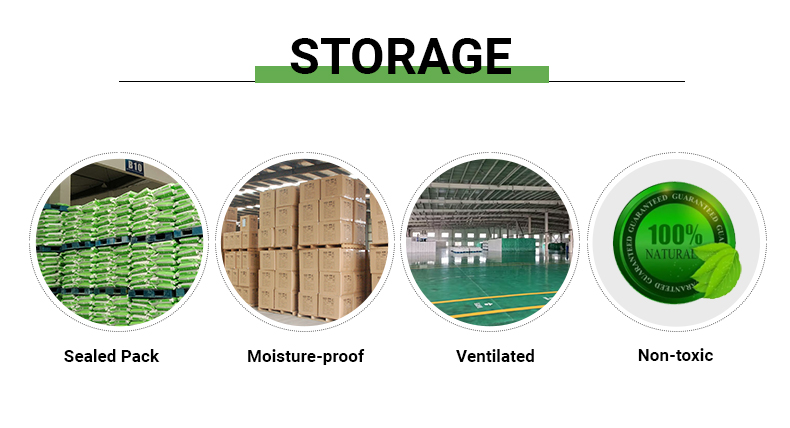
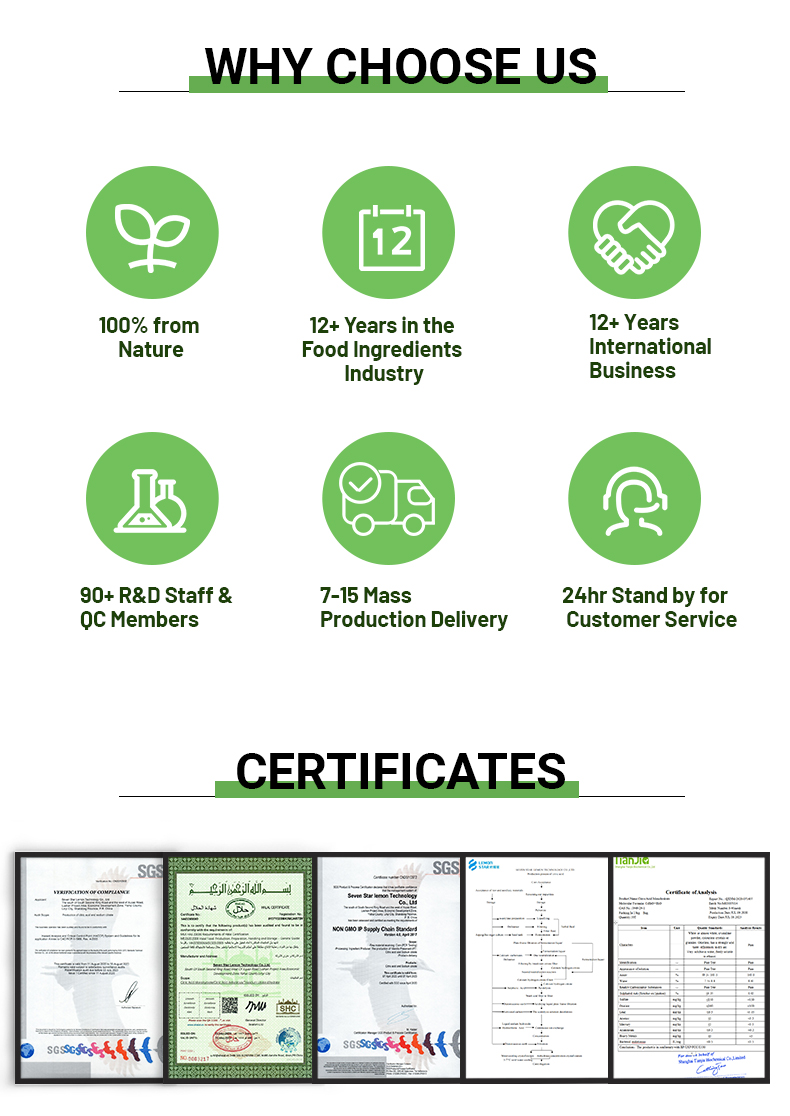

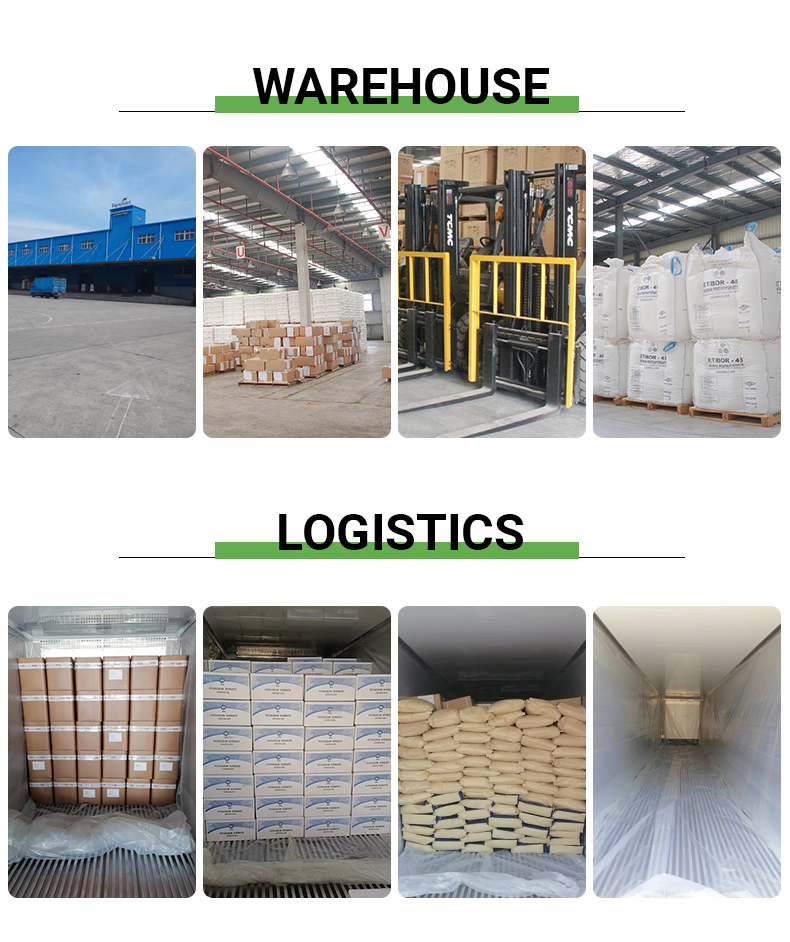



1.More than 10 years experience with ISO certified,
2.Factory of flavor and sweetener blending,Tianjia Own Brands,
3.Research on the Market Knowledge & trend follow up,
4.Timely Deliver & Stock Promotion on hot demanding products,
5.Reliable & Strictly follow the contract responsibility & after sales service,
6. Professional on International Logistic Service, Legalization documents & Third Party Inspection process.

